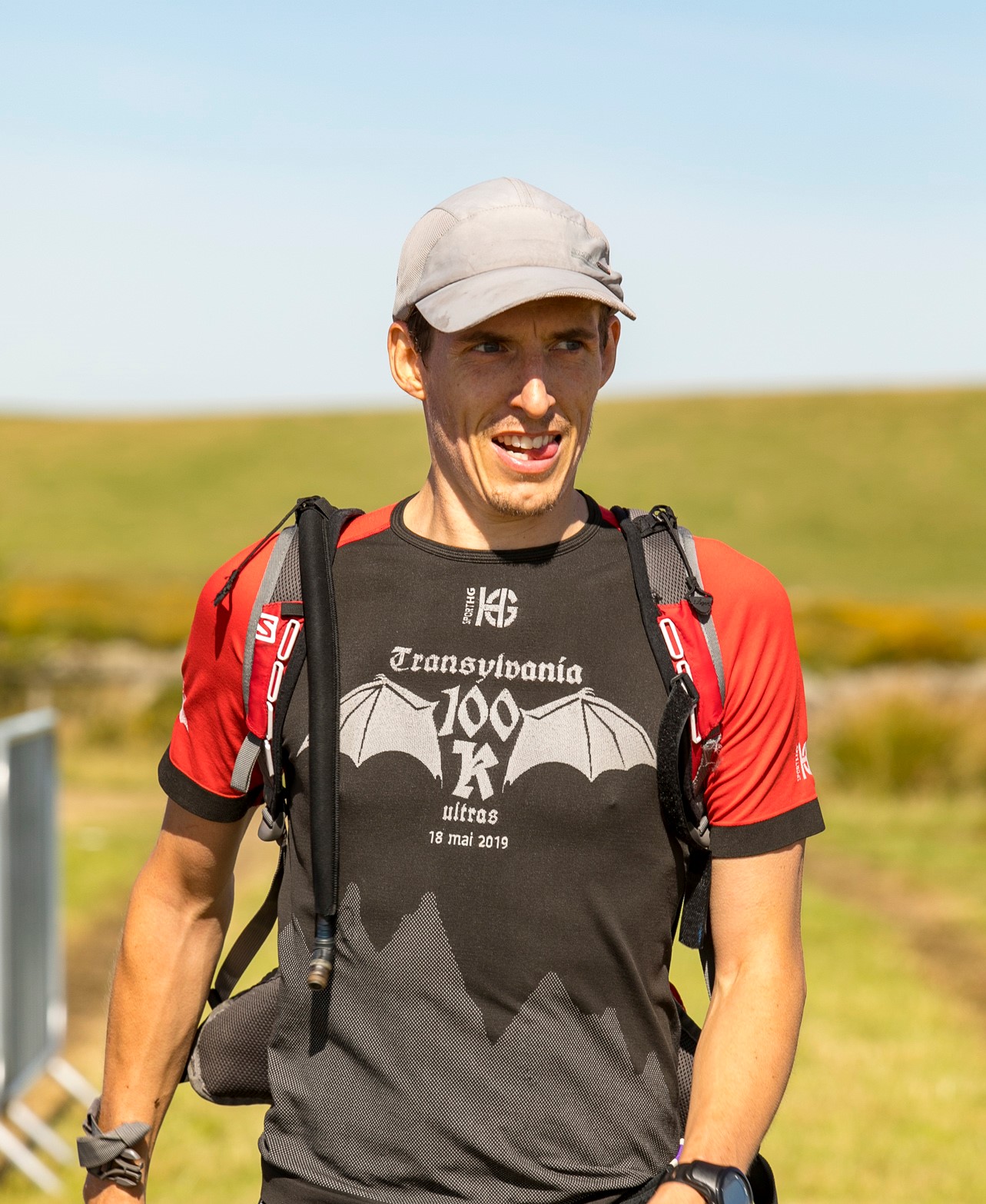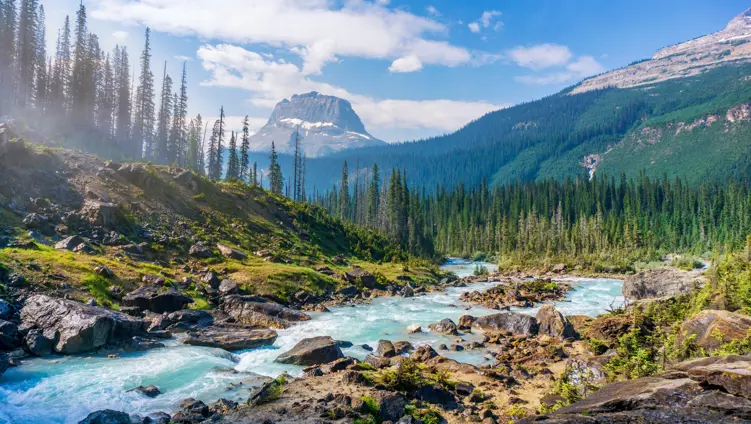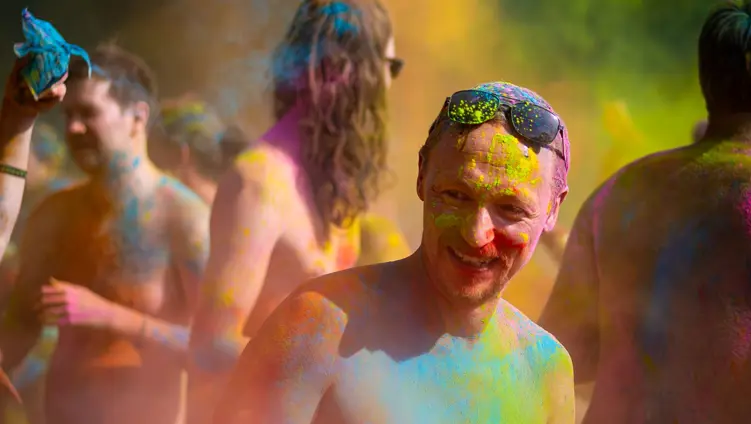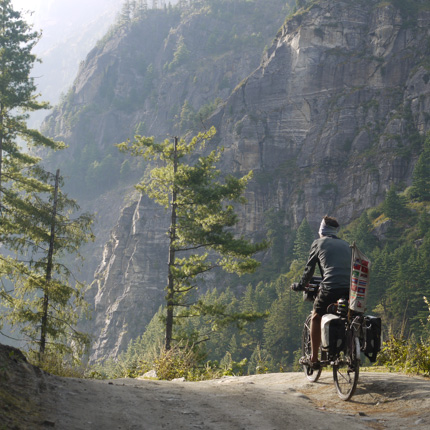Published on 8th October 2020
Co-founder of the Nomadic Running Company, Kerran Traynor, offers an introductory guide to trail running for anybody looking to take their running in a new direction or interested in learning more about the sport.








